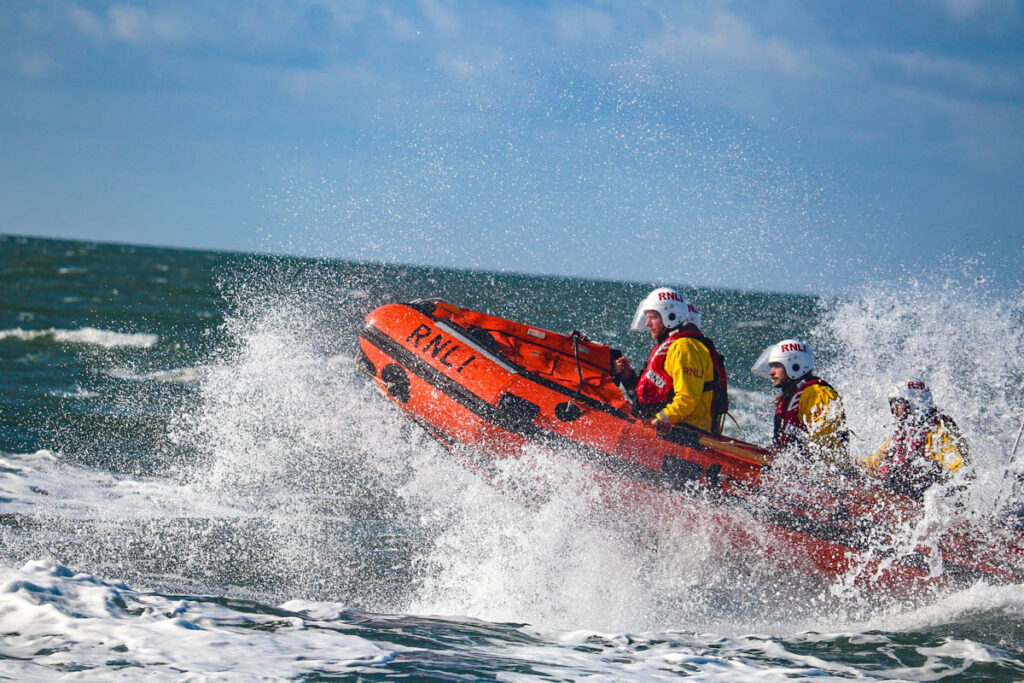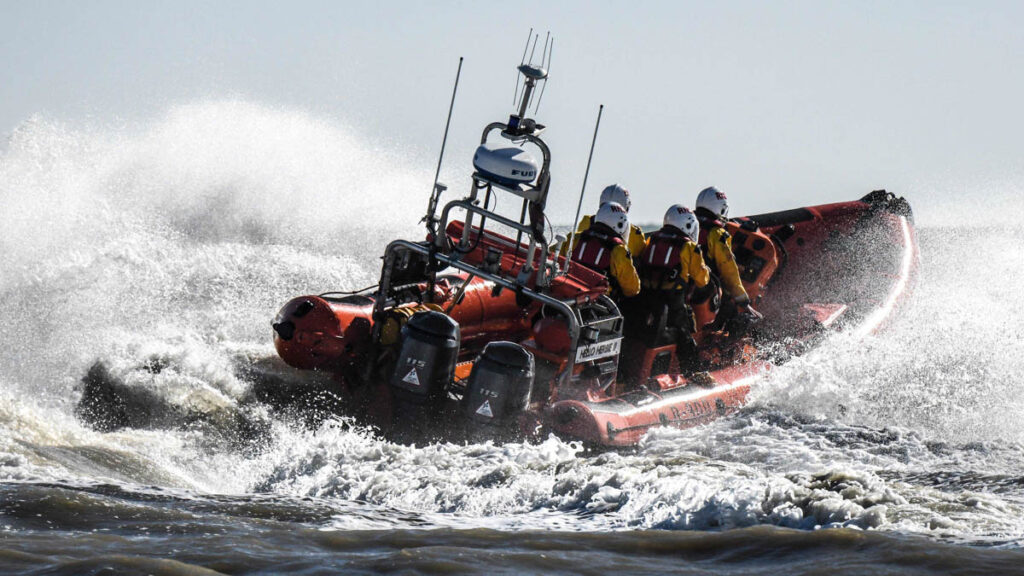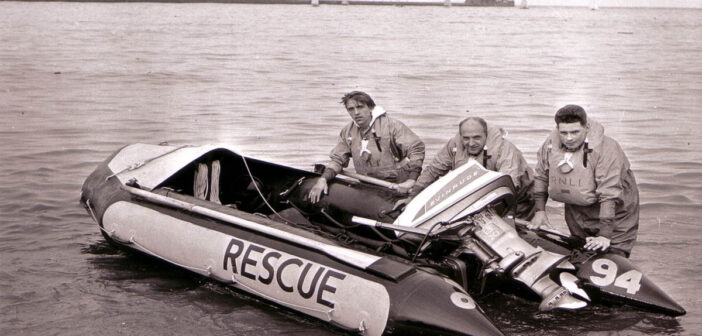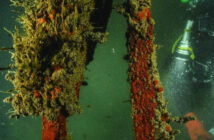Introduced in 1963, the inshore lifeboat continues to be an invaluable asset in the Royal National Lifeboat Institution’s (RNLI) fleet as new figures show the charity’s Inshore lifeboats have saved 30,778 lives across 60 years.
The inshore lifeboat has enabled the charity’s volunteer crews to carry out their lifesaving work closer to shore, in areas inaccessible to other lifeboats in the fleet. Designed to be quick and manoeuvrable, inshore lifeboats can operate in shallower water, near cliffs and rocks meaning crews can get as close as possible to those in trouble.
The RNLI’s current inshore lifeboat fleet consists of the Atlantic 85, D class, E class and the inshore rescue boat. Since joining the RNLI’s fleet in 1963 six decades ago, the charity’s inshore lifeboats have extended its lifesaving capability around the coast, aiding 154,192 people and saving 30,778 lives*.

Aberystwyth, Gorleston, Redcar and Wells were the first stations to receive inshore lifeboats. This was followed by trials at points along the coast between established lifeboat stations at: Mudeford; Southwold; West Mersea; and Whitstable. An inshore lifeboat has remained at these eight stations since this introduction in 1963.
Simon Ling, RNLI Head of Lifeboats, said:
‘For the last 60 years, inshore lifeboats have enabled our lifeboat crews to reach areas close to shore and in shallow water to rescue people in trouble. These fast and highly manoeuvrable lifesaving craft answered the need for a quicker and more agile response to rescues in areas of water that were more challenging to the larger and slower all-weather lifeboats.
A huge proportion of our lifesaving effort is undertaken less than 10 nautical miles from the shore and as such, the unique features and capabilities of our inshore lifeboats has made a huge difference to the efficiency and effectiveness of our 24/7 search and rescue service. As we move towards 200 years of lifesaving we must continue to evolve so we are fit for the future and sustain our world-class lifesaving service.’

There are currently 106 lifeboat stations which operate an Atlantic 85 lifeboat, 110 lifeboat stations which operate a D class lifeboat, two stations on the River Thames with an E class lifeboat and five stations with an inshore rescue boat.
In 2021, an Atlantic 85 lifeboat was introduced at Margate RNLI to replace its Mersey lifeboat. It operates alongside their existing D class inshore lifeboat in providing lifesaving assets catering for busy beaches with frequent tidal cut-offs, inflatable rescues, medium sized tow jobs and searches for missing water users.
Derek Amas, Volunteer Lifeboat Operations Manager at Margate RNLI lifeboat station, said: ‘Our volunteer crew at Margate have worked hard to integrate the Atlantic 85 into our lifesaving capability to work alongside the D class and continue to support the community and visitors to the area. There have been many occasions that without the D class and Atlantic 85 at Margate, some people wouldn’t be alive today.
‘When the change of lifeboat took place a couple of years ago, sadly it meant I could no longer operate in a seagoing role. But I am enjoying my new volunteering position as station manager, and we have welcomed many new people to the team at Margate. We look forward to continuing saving more lives with our lifeboats.’
Cullercoats RNLI volunteer helm, Anna Heslop, said: ‘We have an Atlantic 85 lifeboat at our station and it is an incredible craft that has helped the Cullercoats volunteers to aid and save lives since 2007. As RNLI volunteers, we receive world-class training to maintain our lifesaving and boat handling skills, including capsize training in our Sea Survival Pool.’
The RNLI builds and maintains most of its inshore lifeboats in house at their Inshore Lifeboat Centre in Cowes on the Isle of Wight. This allows the charity to have greater control over costs and quality ensuring they produce the best lifesaving asset for their crews and spend their supporters’ donations in the most efficient and effective way.









